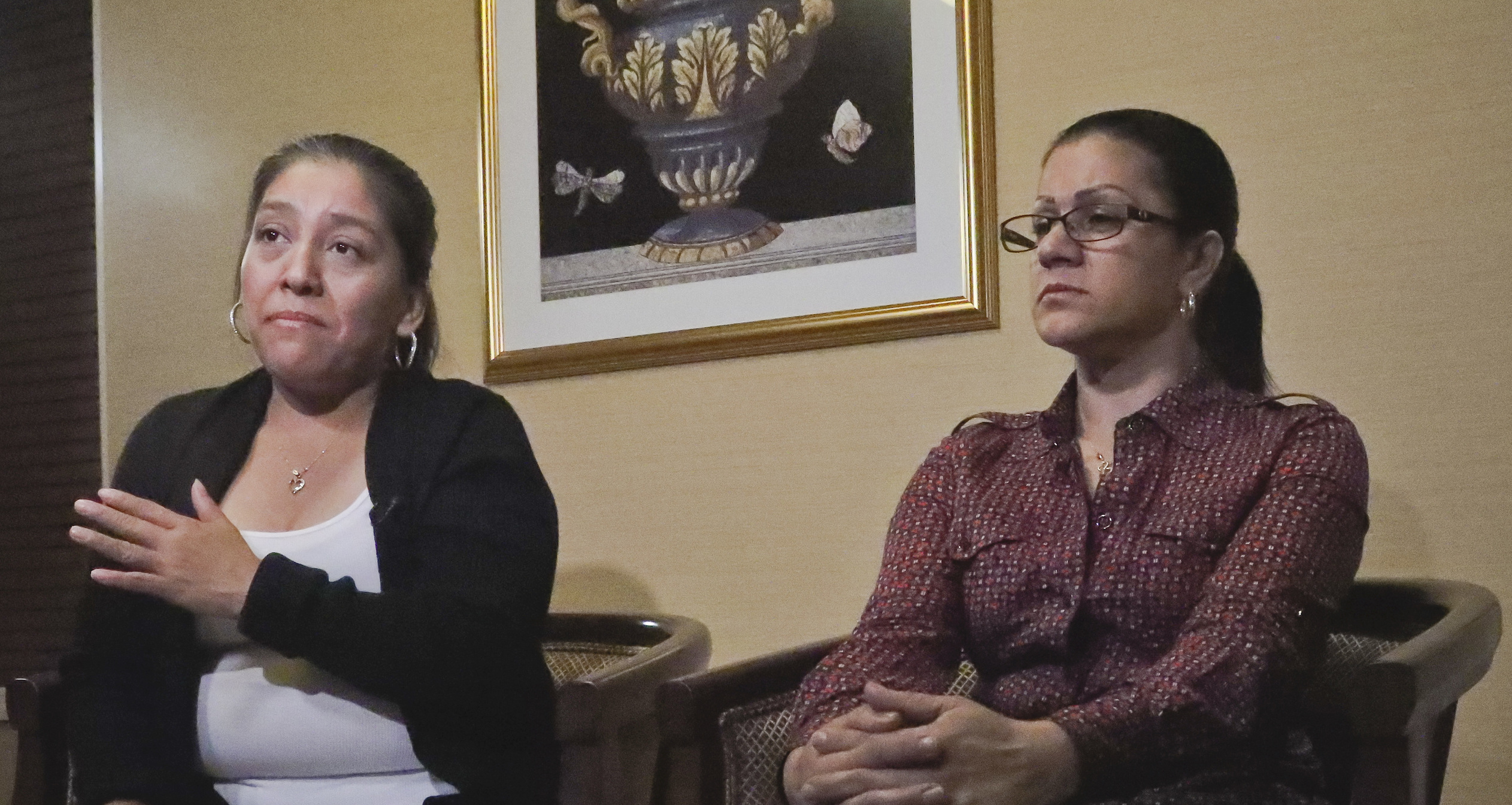Sign up for the daily CJR newsletter.
What happened to Rosa still haunts Maria Hinojosa. Rosa, an undocumented immigrant from Mexico, agreed to appear on camera for “Immigrant Nation, Divided Country,” a 2004 CNN documentary helmed by Hinojosa, a veteran journalist. Soon after the program aired, immigration agents arrested Rosa, her boyfriend, and her children.
Hinojosa had taken care not to show where Rosa lived or worked. She later discovered, however, that despite her efforts to protect Rosa’s anonymity, she had missed one small detail: the license plate on a car belonging to Rosa’s boyfriend had appeared, unblurred, in the background of a shot. Hinojosa reasoned that agents must have used the license plate to track Rosa down.
“I realized,” Hinojosa said in a recent interview, “that the worst could absolutely happen.”
The risks facing undocumented immigrants have only intensified in the years since—particularly during the presidency of Donald Trump, whose anti-immigrant rhetoric and policies vilified Mexicans, Africans, and Muslims, among others. How journalists work with their immigrant sources is critical to reducing those risks, even in a hypercompetitive climate where ambitious stories drive public attention.
Miriam Jordan, a lead immigration reporter for the New York Times, revealed in 2018 that President Trump employed undocumented workers at his private properties. Jordan’s story focused on Victorina Morales, an undocumented immigrant who worked at Trump’s golf club in Bedminster, New Jersey. She also quoted Sandra Diaz, who had been undocumented when she worked there, but was a legal resident at the time of the story. Both Morales and Diaz agreed to be identified by their full name—a step Jordan, in an email, said was “essential to the credibility of the piece”—and also to be photographed. Morales told Jordan that Trump’s hateful comments, along with verbal abuse from a supervisor, compelled her to speak out. Jordan later noted the rarity of Morales’s decision:
“In all my years reporting on immigration, I had rarely encountered undocumented workers willing to risk their livelihood—and deportation—to speak out against their employers.”
After the story came out, Morales made numerous media appearances; she also applied for asylum and received a work permit. Eighteen months later, she learned that her asylum case had been referred by US Citizenship and Immigration Services to a court for removal proceedings, where a judge would review her status. (In a follow-up, Jordan reported that Morales would be able to remain in the country while her case was mired in a years-long backlog.)
In 2020, a selection of immigration reporters told CJR and Migratory Notes that, under the Trump administration, they felt more inclined to grant anonymity to undocumented sources, and to take greater care to explore the consequences of a story with them. Though the administration has changed, the stakes haven’t: polarizing politics have stalled efforts at immigration reform, and some of Trump’s most harmful policies remain in effect under President Biden. Against this backdrop, migrants coming to the border, asylum seekers awaiting court hearings, and those with temporary protections, such as Deferred Action for Childhood Arrivals, have little incentive to identify themselves on the record.
Anonymity is routinely provided to government officials who are “not authorized to speak publicly”—a practice intended to facilitate reporting without costing an official their job or livelihood. Yet, as an industry, journalism has not widely embraced anonymous sourcing in its coverage of undocumented immigrants.
Journalists who cover undocumented people must be aware that their approaches to stories—including the decisions to name sources and subjects and show images of them—can carry a range of unintended, adverse consequences. With this in mind, Define American created a toolkit on anonymous sourcing, to advise journalists on their responsibilities when working with immigrant sources and, we hope, to help them mitigate risk.
The “Quoting Immigrants” toolkit provides numerous recommendations for ensuring credible coverage across a range of media while also granting partial or even full anonymity; they include a hierarchy of attribution, recommendations for independently verifying a source’s identity, and examples of personal details to consider avoiding. The toolkit honors long-standing journalistic principles of credibility and authenticity, but also spells out the potential consequences for undocumented immigrants who are identified in news reports. Crucially, the toolkit reminds reporters that it’s okay to back off, move on, and not jeopardize or traumatize a source at risk or perpetuate trauma—a subject that Define American explored in a recent research report on the mental health toll on sources in the Dreamer movement.
Throughout the toolkit, several reporters who have covered immigration draw on their own experience to offer guidance. “Just understand that these are human beings and you might need to make accommodations,” Camilo Montoya-Galvez, an immigration reporter for CBS News, told us. “They are doing us a favor by talking to us.”
Armando Tonatiuh Torres-García, an immigration reporter for ABC News, cautioned reporters to consider the safety of minors: “If they were in a detention center, just because they are separated from their parents, that does not give you the right to film them as if they were adults.”
Hinojosa now hosts LatinoUSA, a radio program produced by Futuro Media Group, a multimedia organization she founded. When she interviews immigrants now, Hinojosa says, she often uses only first names. When migrants readily agree to be identified by their full names, she thinks of her experience with Rosa, and fully considers her options. She wants to expose injustice for asylum seekers, but not if she endangers them.
“My role as a journalist is to get the story in their voice,” Hinojosa said. “And to do no harm.”
PREVIOUSLY: Covering immigration in the time of Trump
Has America ever needed a media defender more than now? Help us by joining CJR today.







